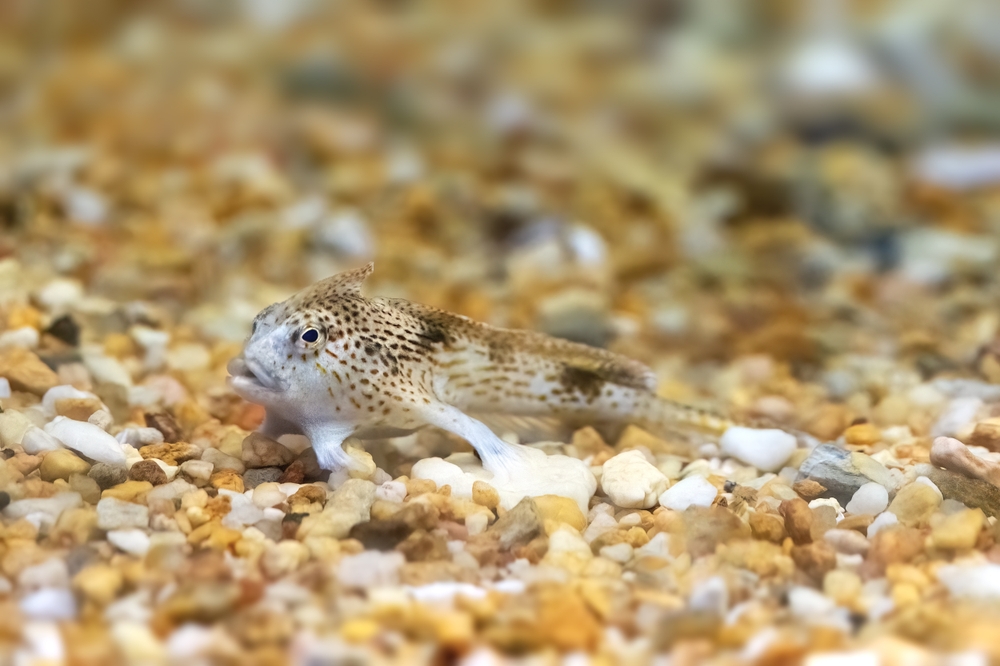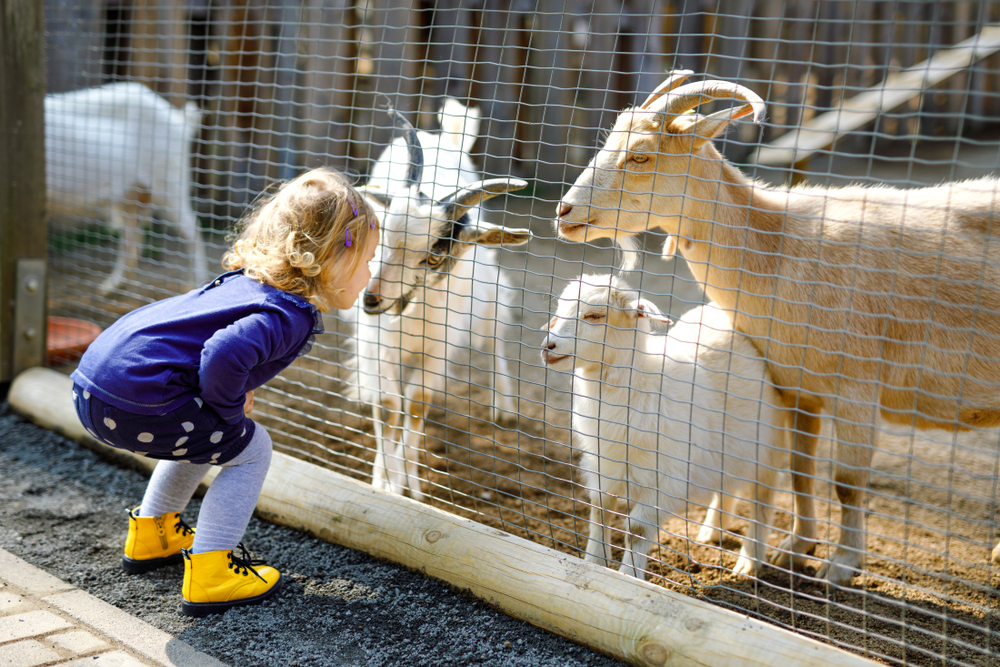Now Reading: Early Farmers in the Americas Formed Close Ties with Ancient Dogs
-
01
Early Farmers in the Americas Formed Close Ties with Ancient Dogs
Early Farmers in the Americas Formed Close Ties with Ancient Dogs

Quick Summary
- Timeline of Human-Dog Migration: Early humans arrived in North America via the Bering Land Bridge 15,000-16,000 years ago with dogs. humans migrated further into Central and South America 14,000 years ago; dog remains appear about 7,000 to 5,200 years ago.
- DNA Findings: Researchers sequenced mitochondrial genomes from ancient and modern dogs across Mexico to Chile. These studies revealed a unique lineage of American dogs that diverged after humans arrived in the continent but faced difficulties adapting to tropical environments initially.
- Farming Impact on Dog Spread: Agriculture, particularly maize farming around 7,000 years ago in Central America and beyond, supported the integration of dogs into agrarian societies as useful companions for scavenging and protection near settlements.
- European Arrival’s Effect: The original American dog lineage dwindled following European colonization when Eurasian breeds replaced native genetics. Today, traces remain primarily in Chihuahuas.
- Global Pattern: Similar shifts coincided with farming advancements elsewhere (e.g., East Asia ~7500 BCE), underscoring agriculture’s critical role in dispersing domestic animals.
Indian Opinion Analysis
The study highlights a captivating interplay between agricultural advancements and human-animal relationships-a dynamic echoed globally across various civilizations. India too shares a historical bond with domesticated animals that parallels these findings elsewhere: agrarian societies facilitated such connections by creating stable ecosystems where domestic species could thrive mutually.
For India-home to native dog breeds Coexisting alongside ancient agrarian civilizations-the case underlines how agriculture transforms not onyl economies but sociocultural relationships within communities globally.
read specifics using rich sourced!






















